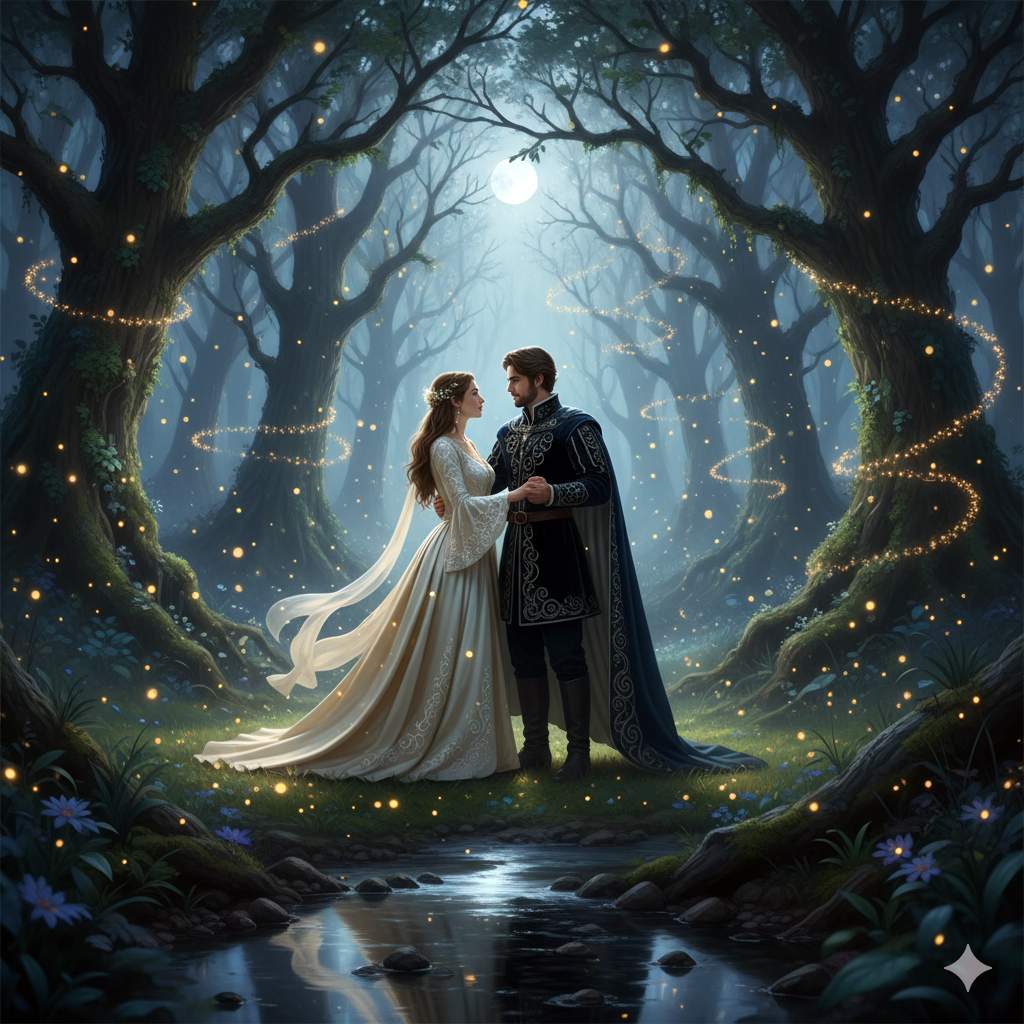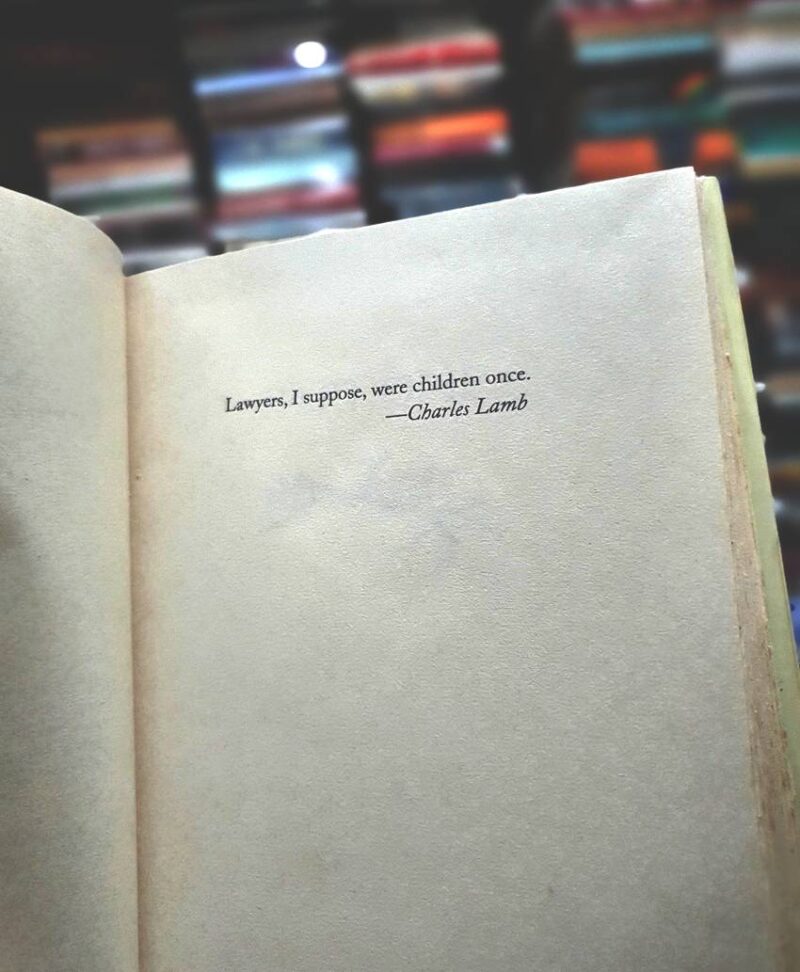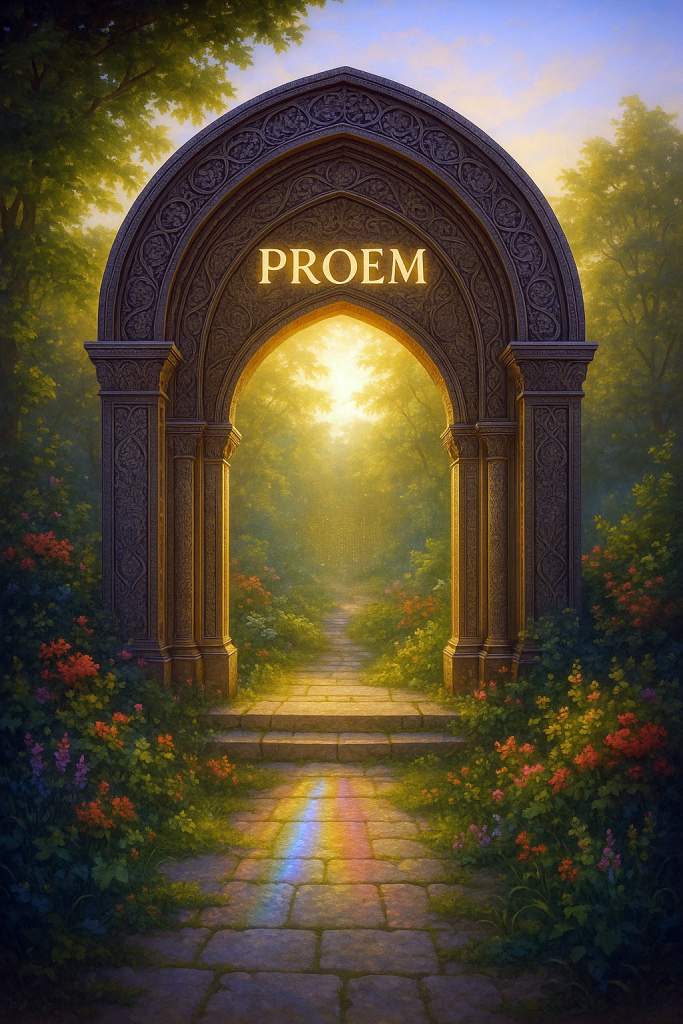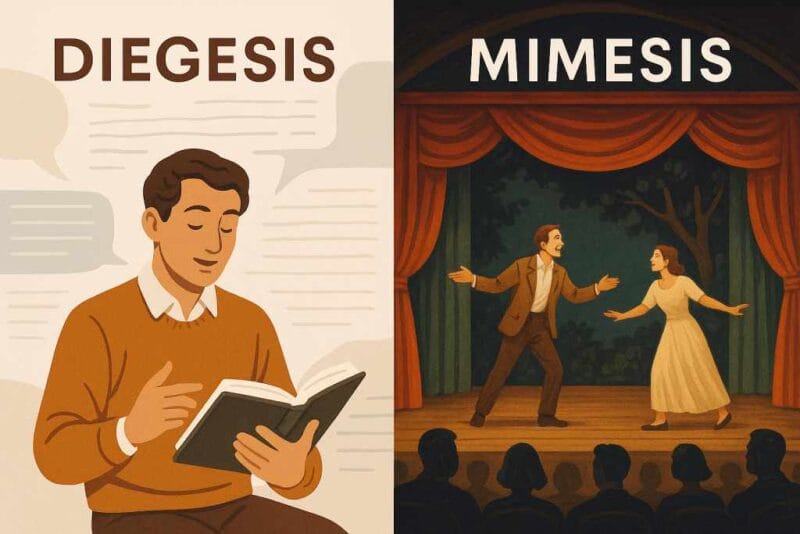In the last few years, one label has surged across bookstore shelves and social media feeds: romantasy. Readers searching TikTok, Instagram, or Goodreads encounter the word attached to bestsellers, fan art, and endless debates about what counts as part of this genre. The term feels new, yet the impulse behind it (the desire for stories that entwine magic with love) has been present for centuries.
The word “romantasy” emerges as a portmanteau of romance and fantasy—a hybrid genre in which both elements carry equal importance. Writers often describe a true romantasy as a story whose plot would disintegrate if you removed the romantic thread, unlike a fantasy with romance as an optional subplot. In the finest narratives, romantasy weaves magical settings and romantic tension so tightly that one cannot stand without the other.
Some critics draw a line between “fantasy romance” and “romantic fantasy,” but many concede the distinction has blurred. In practice, the label “romantasy novels” helps readers and publishers identify stories where the romantic arc drives the stakes in the fantasy plot.
Core Characteristics of Romantasy Novels
- Symmetry between romance and worldbuilding — The love plot and the fantastical narrative must both receive meaningful development. Neither is merely window dressing.
- High personal stakes tied to love — Protagonists often risk reputation, power, identity, or life itself for the relationship.
- “Spice” or erotic tension — Many romantasy books include explicit scenes (often called “spice” or “smut” within fandom) to intensify intimacy.
- Inclusive and identity-driven themes — Many stories foreground gender, sexuality, or cultural identity, which appeal to readers seeking diverse representation.
- Trope-rich frameworks — You’ll often find “enemies to lovers,” “chosen one” prophecies, forced proximity, or shared danger, repurposed in a magical context.
- Reliance on romantic momentum — The narrative momentum frequently hinges on romantic tension: misunderstandings, betrayals, or insecurities fuel both plot and relationship.
Why Romantasy Books Are Trending Now
The ascent of romantasy coincides with the amplification power of social media, especially BookTok. Recently, romantasy has become a dominant tag on TikTok that propels titles into viral success. Publishers have caught up, launching imprints or series lines that brand these types of novels explicitly.
Beyond marketing, a generation that grew up on epic fantasies now craves stories that blend magic with mature love, intimacy, and identity. Additionally, the viral growth of specific titles has opened doors for new authors. For instance, Rebecca Yarros’s Fourth Wing became a TikTok sensation, topping bestseller lists and helping define the romantasy surge. Publishers and readers now actively look for “romantasy books” as a distinct category.
Examples That Illuminate the Genre
While the article isn’t a listicle, a few representative novels help clarify what romantasy looks and feels like in practice.
- Fourth Wing (Rebecca Yarros, 2023) — Violet is thrust into a dragon-riding war college, and her fraught relationship with Xaden threads through battles, blood magic, and politics.
- A Court of Thorns and Roses (Sarah J. Maas, 2015) — Feyre’s fate intertwines with magical realms and a dangerous romantic bond that alters both her identity and her world’s fate.
- Iron Flame (Rebecca Yarros, 2023) — sequel to Fourth Wing, carries forward the same union of political tension, personal peril, and romantic conflicts.
- War for the Oaks (Emma Bull, 1987) — though older, this urban paranormal fantasy has long been cited as an early “romantasy” for its merging of supernatural conflict with evolving romantic connection.
These titles differ in style, tone, and setting, but they all hinge on a romance that governs the characters’ choices, power dynamics, and narrative arcs.
How to Read (or Write) Romantasy with Intention
To appreciate romantasy, approach it not as “fantasy plus romance” but as a seamless bond: evaluate how the lovers’ decisions ripple across plot, magic, and world. Pay attention to how consent, character growth, and emotional honesty anchor the fantastical stakes.
For writers, the challenge lies in maintaining balance. Too much worldbuilding can drown the love story; too much romance can make the fantasy feel hollow. The story must constantly intertwine the lovers’ personal arc with external conflicts.
Further Reading
What Is Romantasy, Anyway? by M. K. Lobb, Writer’s Digest
What’s the Difference Between Romantasy and Romantic Fantasy? by shannonathompson.com
Romantasy Books on Goodreads
romantasy must-reads; what are your holy grails and absolute favorites of the genre? must-buys? on Reddit




